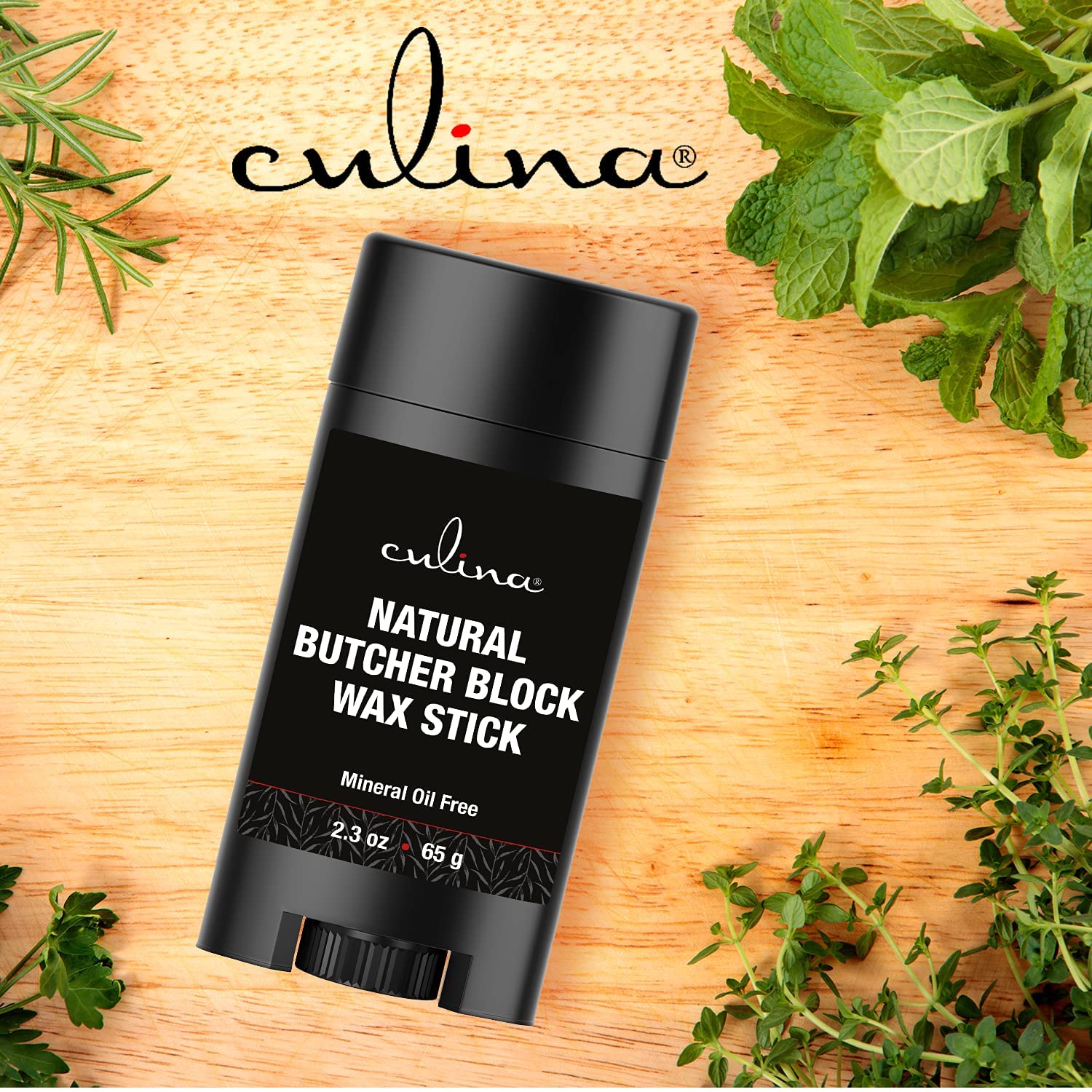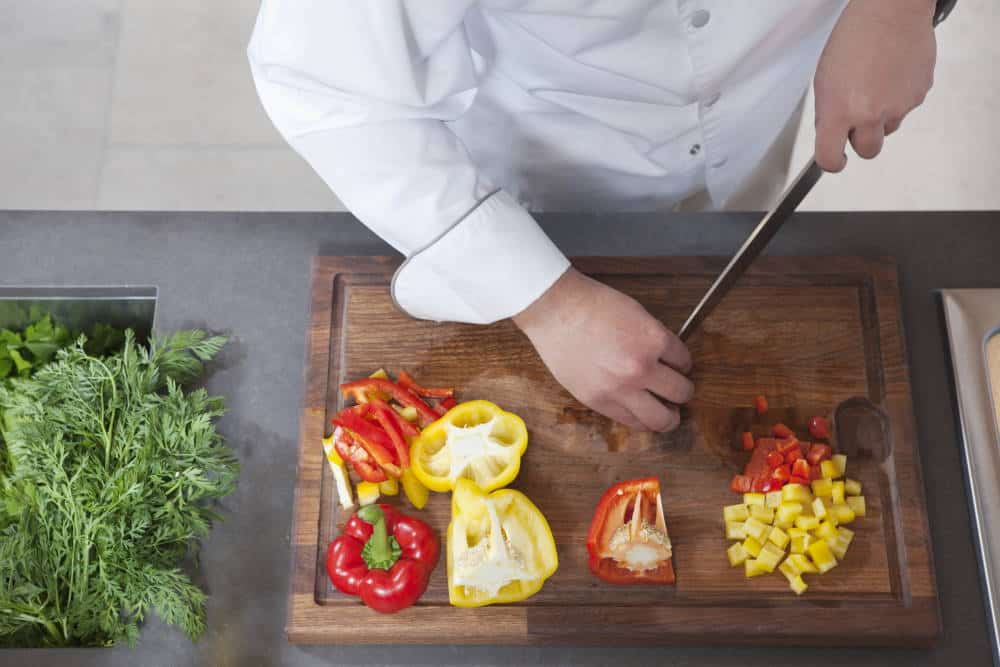Creating a personalized cutting board from a log can be a tremendously satisfying and worthwhile project. For kitchen professionals and wood-working enthusiasts, a custom cutting board carries the charm of handmade perfection and the robustness of natural wood. In this guide, we will explore how to craft your own cutting board, transforming a humble log into a kitchen essential.

Understanding the Raw Material
Choosing the Right Wood
The first step in learning how to make a cutting board from a log is selecting the appropriate wood. Hardwoods such as maple, walnut, and cherry are excellent choices due to their durability and grain quality.
Environmental Considerations
When choosing wood for your cutting board, consider the sustainability and environmental impact. Opt for locally sourced wood to minimize your carbon footprint.

Essential Tools and Materials
Gathering Your Tools
Basic tools required for this project include a chainsaw, sander, planer, clamps, and wood oil. Advanced tools like a jointer may be optional but can enhance the finishing quality.
Material Checklist
In addition to the log, you’ll need sandpaper of various grits, mineral oil or food-safe finish, and wood glue for any necessary repairs or enhancements.

Preparation Steps
Step-by-Step Guide to Preparing the Log
Start by cutting the log to your desired length using a chainsaw. Ensure that your cuts are as straight as possible to minimize later adjustments.
Drying the Log
Allow the wood to dry properly. This step is crucial as it prevents the cutting board from warping or cracking in the future. Air-dry the wood for several weeks, depending on its thickness.
Crafting the Cutting Board
Smoothing the Surface
Once the log is adequately dried, the next step in how to make a cutting board from a log is to smooth its surface. Use a planer or jointer to create a flat surface on both sides.
Shaping the Cutting Board
Using a sander, smooth the edges and corners of the log. This is where you can get creative with the shape, though a rectangular or square board is typically most practical for everyday use.
Finishing Touches
Sand the board progressively with finer grits of sandpaper until it’s perfectly smooth. Apply a coat of mineral oil or a food-safe finish to protect the wood.
Maintenance of Your Handmade Cutting Board
Regular Cleaning
Maintaining your cutting board is just as important as making it. Regular cleaning with mild soap and water is essential. Avoid soaking the board in water to prevent warping. For more comprehensive cleaning techniques, you can visit this guide.
Periodic Oiling
Periodic oiling is necessary to keep the wood from drying out. Apply a generous coat of mineral oil every few weeks, especially if you use the board frequently.
Repair and Maintenance
Minor repairs such as fixing small cracks can be done with wood glue. Regular sanding and re-oiling can also help maintain the board’s appearance and functionality.
FAQs
1. What type of wood is best for a cutting board?
Hardwood such as maple, walnut, and cherry are ideal due to their durability and tight grain structure.
2. How often should I oil my cutting board?
You should oil your cutting board at least once a month to keep the wood in optimal condition.
3. Can I use any finish for the cutting board?
It is crucial to use a food-safe finish such as mineral oil. Avoid finishes that may contain harmful chemicals.
Conclusion
Knowing how to make a cutting board from a log is a delightful and empowering skill. Not only does it offer a sense of accomplishment, but it also results in a unique and highly functional kitchen tool. Whether for personal use or as a thoughtful gift, a handmade cutting board is always a terrific idea.
As an Amazon Associate, I earn from qualifying purchases.


